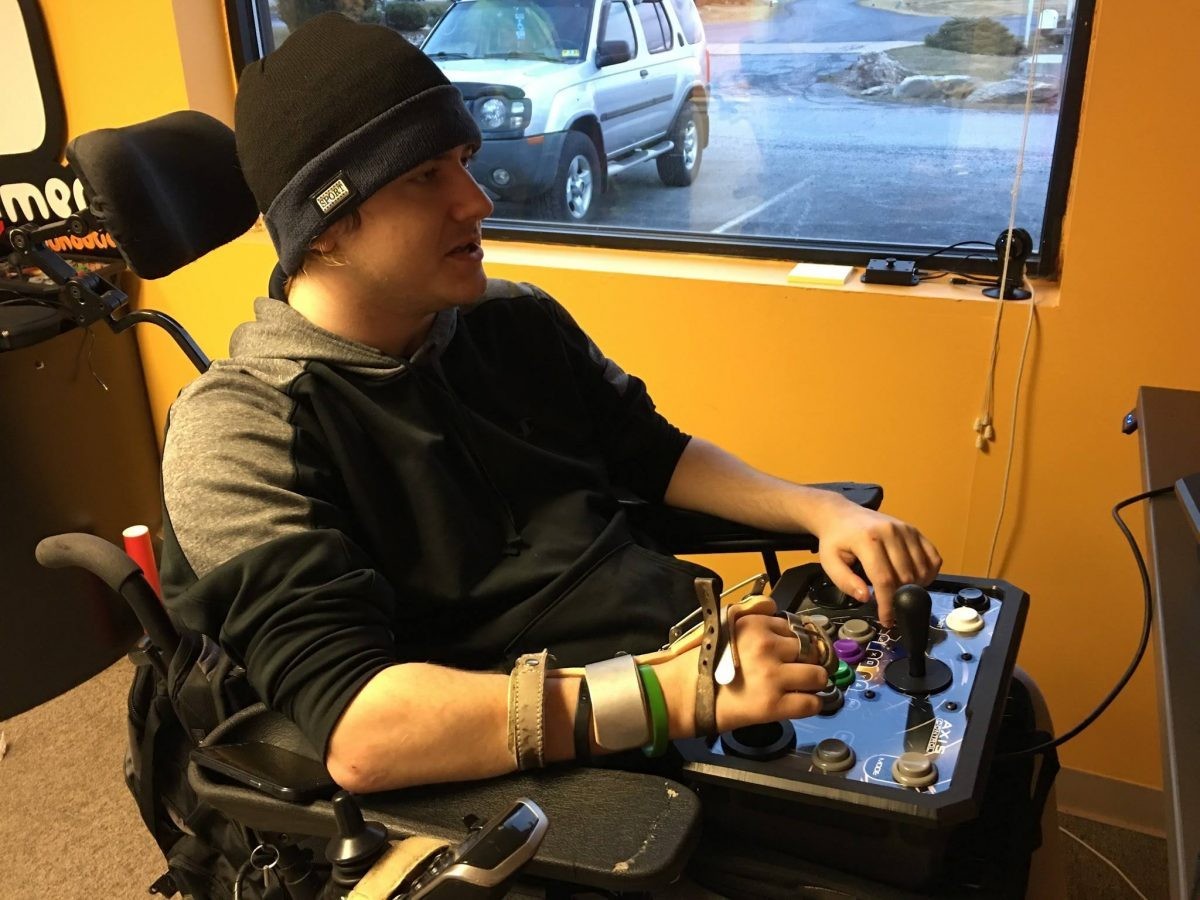Accessible Gaming for All
How Microsoft is Paving the Way with Adapted and Alternative Controllers
The Need for Inclusion
Accessible and inclusive design should be at the forefront for any industry, but gaming in particular has faced criticism for not accommodating players with disabilities or circumstances limiting mobility or dexterity. Microsoft recognized the importance of ensuring gaming is available to all through adapted and alternative controller options. With over 25 million people in the United States living with a disability impacting hand function or dexterity, the need was clear. By developing specialized controllers, Microsoft has taken gaming one step closer to being accessible and enjoyable for every player.
The Xbox Wireless Controller - Recon Tech Special Edition
The standard Xbox controller works great for many, but some find its size intimidating or the button layout uncomfortable. With hands smaller than average or issues grasping, simple tasks like navigating menus or aiming precisely can become frustrating barriers. To address this, Microsoft engineered the Xbox Wireless Controller - Recon Tech Special Edition, a slightly smaller variant with shortened thumbsticks and a reorganized button layout. These tweaks make the controller more comfortable for those who struggle with the standard size. Its price matches standard controllers, keeping gaming affordable for all.
Customizing Control with the Xbox Adaptive Controller
For players with disabilities impacting arm or hand function, even an adapted controller may not provide needed customization. This is where the Xbox Adaptive Controller truly shines, allowing for completely customized input through its vast array of connection ports. Rather than a preconfigured device, it serves as the core component to which any combination of buttons, switches, or third-party peripherals can be attached through its 19 jacks. Users can build a unique setup to suit their specific abilities, with profiles saving different configurations for multiple players. Its affordable cost and endless possibilities make games accessible regardless of physical capability or budget.
Vibration Enhances Immersion for All Senses
While visuals and sound play a big role in drawing players into virtual worlds, haptics add another layer of immersion through the sense of touch. Both standard Xbox controllers house multiple rumble motors providing nuanced vibration feedback. Game developers carefully program these effects, using subtle vibrations to build tension or extreme shakes to startle. Feeling surfaces, impacts, weapon recoils and more through the controller pulls all senses into the experience. Even those unable to see or hear can enjoy games through haptics alone. These innovations ensure enjoyment through multiple sensory pathways.
Custom Triggers Further Depth of Immersion
Gone are the days of simple rumble motors—the improved Xbox One controller introduces digital triggers within the large shoulder buttons themselves. Rather than one motor located elsewhere, these tiny vibration units reside within the triggers. Gamemakers leverage this to simulate textures like surfaces, trigger pulls on guns, and resistance when accelerating vehicles. Detailed haptic responses correspond precisely to on-screen actions. Gripping and feeling virtual objects enhances realism and draws players deeper into virtual worlds. All benefit from heightened immersion through evolution of vibrations beyond basic rumble.
A Community Where Everyone Plays
Accessible design should mean ensuring all community members feel welcome and included. For gaming, this requires overcoming not just physical barriers but also societal biases. Microsoft champions an industry shift toward consideration for varying needs. Their adapted controllers prove dedication to letting disability not dictate enjoyment. Standardizing such options sends a message—gaming is not only a visual medium but also experience to be felt, and all deserve involvement. As technologies progress and awareness grows, possibilities continue expanding for an inclusive space where abilities do not define one’s place at the console.
Pioneering the Standard for Future Innovation
Accessibility will remain an ongoing journey, as no single solution fits every need. Microsoft’s work sets an example for others to follow in catering to a wide spectrum of abilities. More developers optimizing control schemes and adapting interfaces widens the player base. Future innovations may include controllers tailored for specific conditions or disabilities. With time, accessibility could become as established an area of focus as processing power or visual fidelity. Continued progress ensures the future remains bright for all to enjoy gaming together through customized experiences and empowering autonomy over input methods. The industry is moving closer to a landscape where ability holds no bearing on the right to play.
A Future of Fun for Everyone Through Evolving Technologies
Games hold power as more than just products—they can foster connections and bring joy. By ensuring all may partake regardless of physical differences, the promise of gaming as a unifying entertainment becomes closer to full realization. Though the path remains long, pioneers like Microsoft demonstrate a willingness to push boundaries until full inclusion is standard practice. As technologies continue developingrapidly, adapted solutions will grow increasingly intuitive and affordable. The evolving accessibility landscape leaves anticipation for a community encompassing people of all abilities, united in the shared fun of virtual worlds. A future of enjoyment for every player draws nearer through innovation with all senses in mind.
